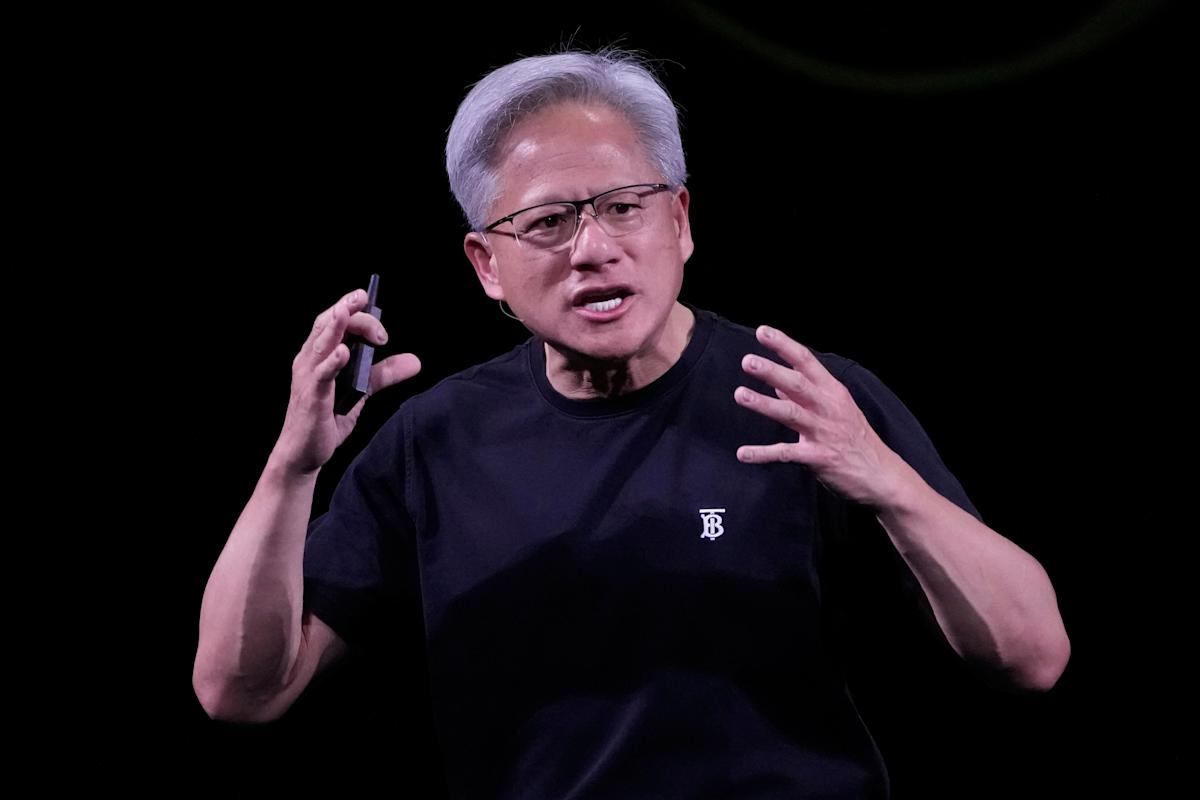This is The Takeaway from today’s Morning Brief, which you can sign up to receive in your inbox every morning along with:
It pays to be big. And it’s a good time to be on team growth.
A key insight from recent years — from the pandemic crisis through the “Liberation Day” turmoil — is that the most well-capitalized and growth-oriented names are outperforming their counterparts.
Investors who tend to favor small-cap and value stocks, because of their time horizon, risk appetite, or other preferences, might point to earlier periods of trading to show the merits of their strategy.
Last year notably featured glimmers of a small-cap revival.
A broadening of the stock market rally, optimistic economic forecasts, and expectations of Fed rate cuts bolstered the case for the double-A and triple-A tickers that don’t always get the major league limelight.
But the call for small caps turned out to be short-lived, ill-suited for the trade conflicts of 2025 and the wait-and-see posturing of the central bank.
In fact, the performance gap between US large and small caps has widened considerably over the last two-and-a-half years, according to a new analysis by DataTrek co-founder Nicholas Colas, who wrote in a recent note to clients that the duration of the relative outperformance suggests it’s structural rather than cyclical.
“Relative return data suggests that there is a ‘new normal’ at play in US stock markets, one where large caps and Growth have the upper hand versus small caps and Value,” he wrote. “Moreover, enough time has passed that these differences look durable rather than being temporary anomalies.”
Big Tech’s steadfast march to higher valuations has played a major role in the stock market’s lopsided behavior.
But the growth of the Magnificent Seven is only part of the story.
While a broadening rally hasn’t unfolded in the way small-cap proponents had hoped, the spoils of AI excitement have flowed to many other players aside from the mega-rich tech platforms. As my colleague Josh Schafer has reported in this newsletter, AI chip and data center trades not named Nvidia (NVDA) have posted some of the highest gains in the S&P 500 (^GSPC). Investments in AI energy and cloud tickers have payed off too.
That’s probably cold comfort for close watchers of the Russell 2000 (^RUT), which has underperformed the broader market this year, posting a loss of about 1% compared to the S&P’s 6% gain. It’s difficult to imagine market sentiment shifting away from Big Tech, especially amid the fresh trade uncertainty unleashed on Monday.







